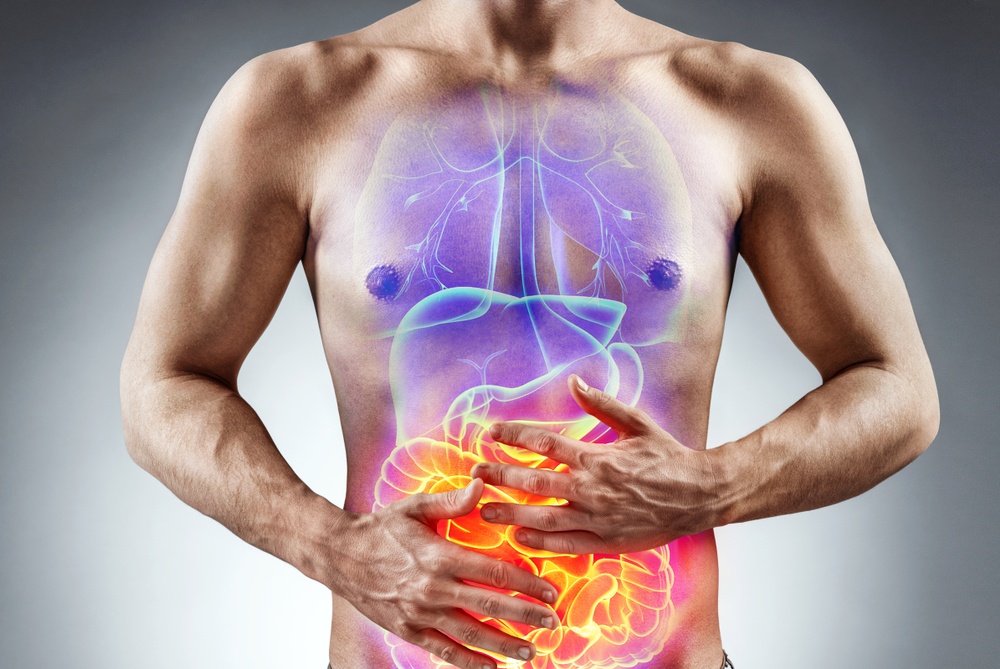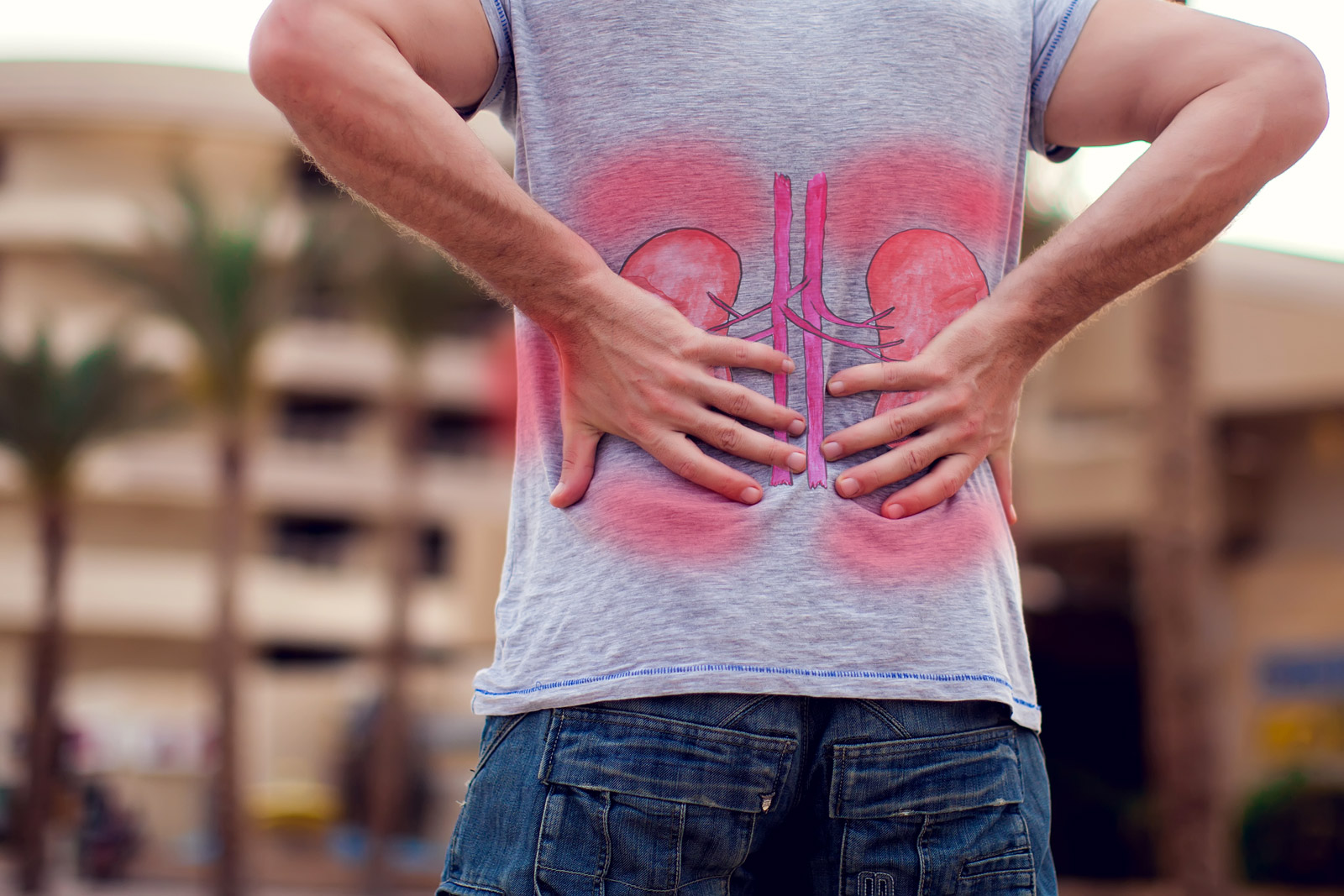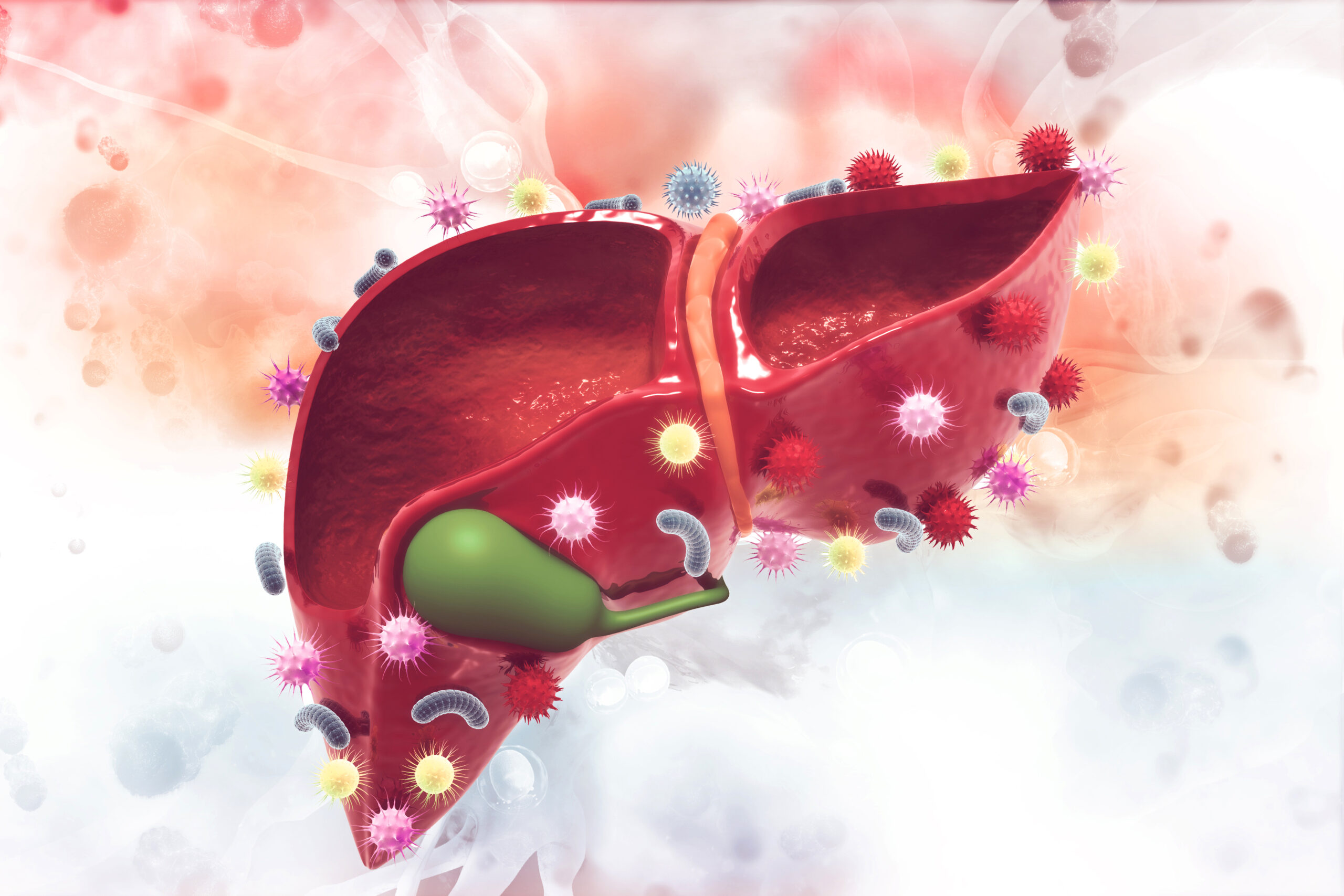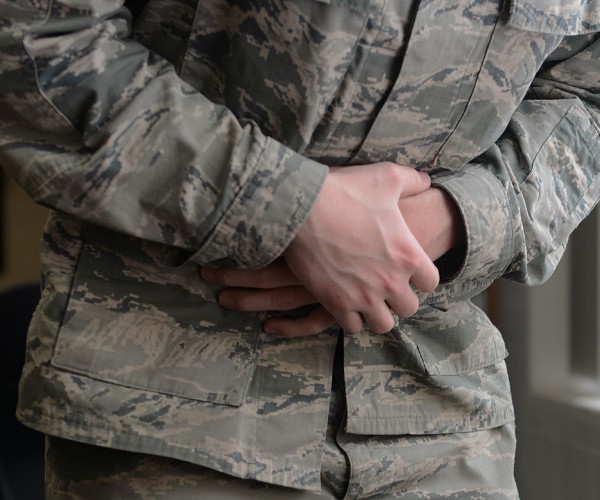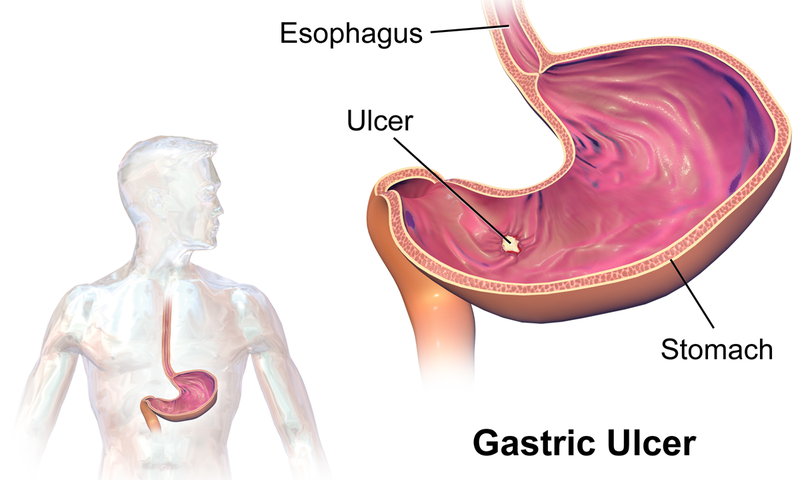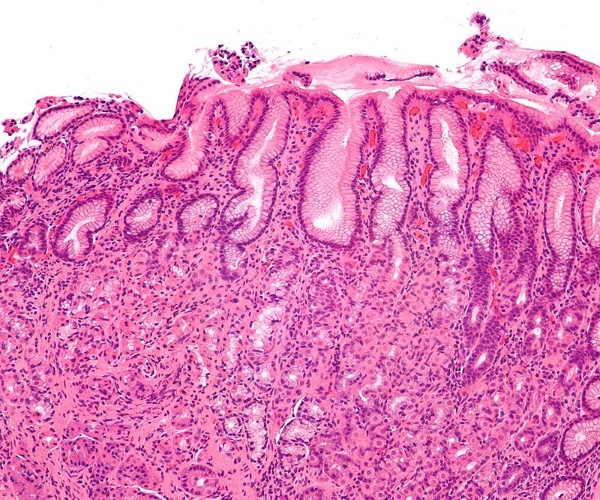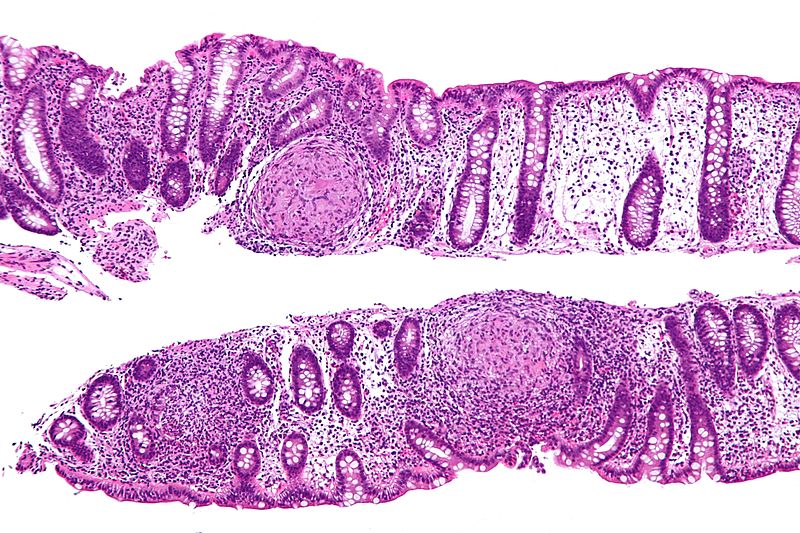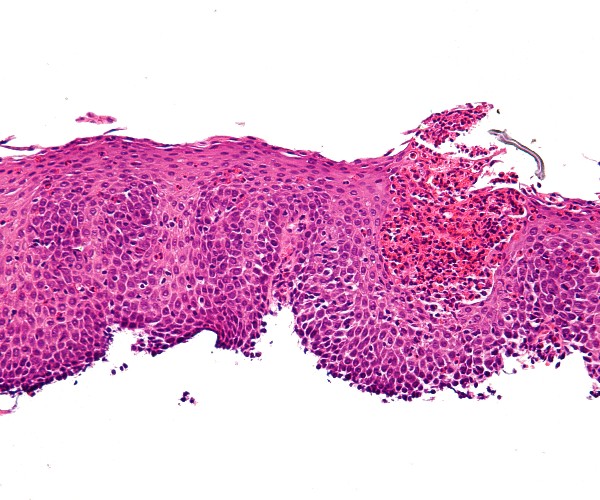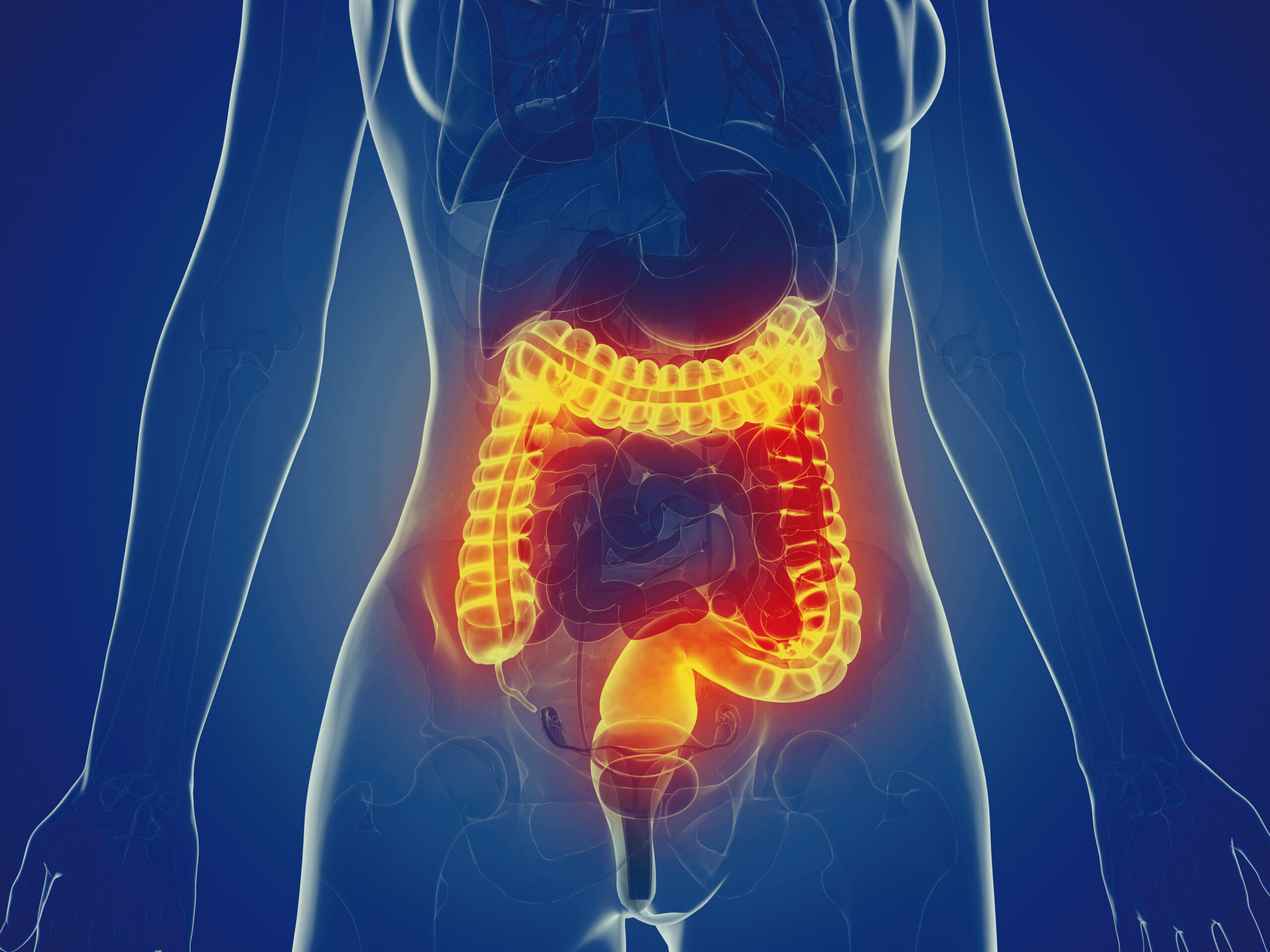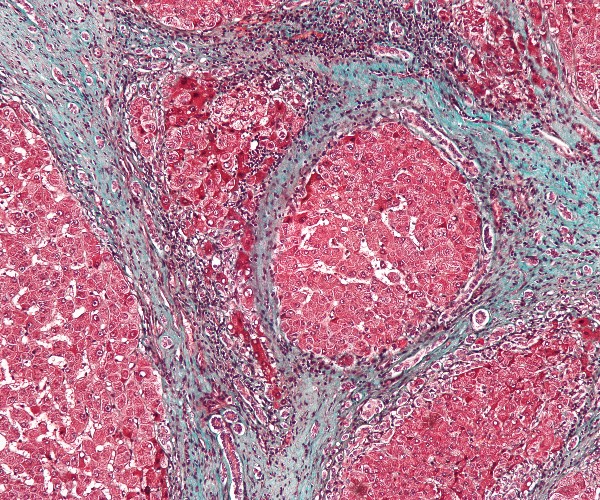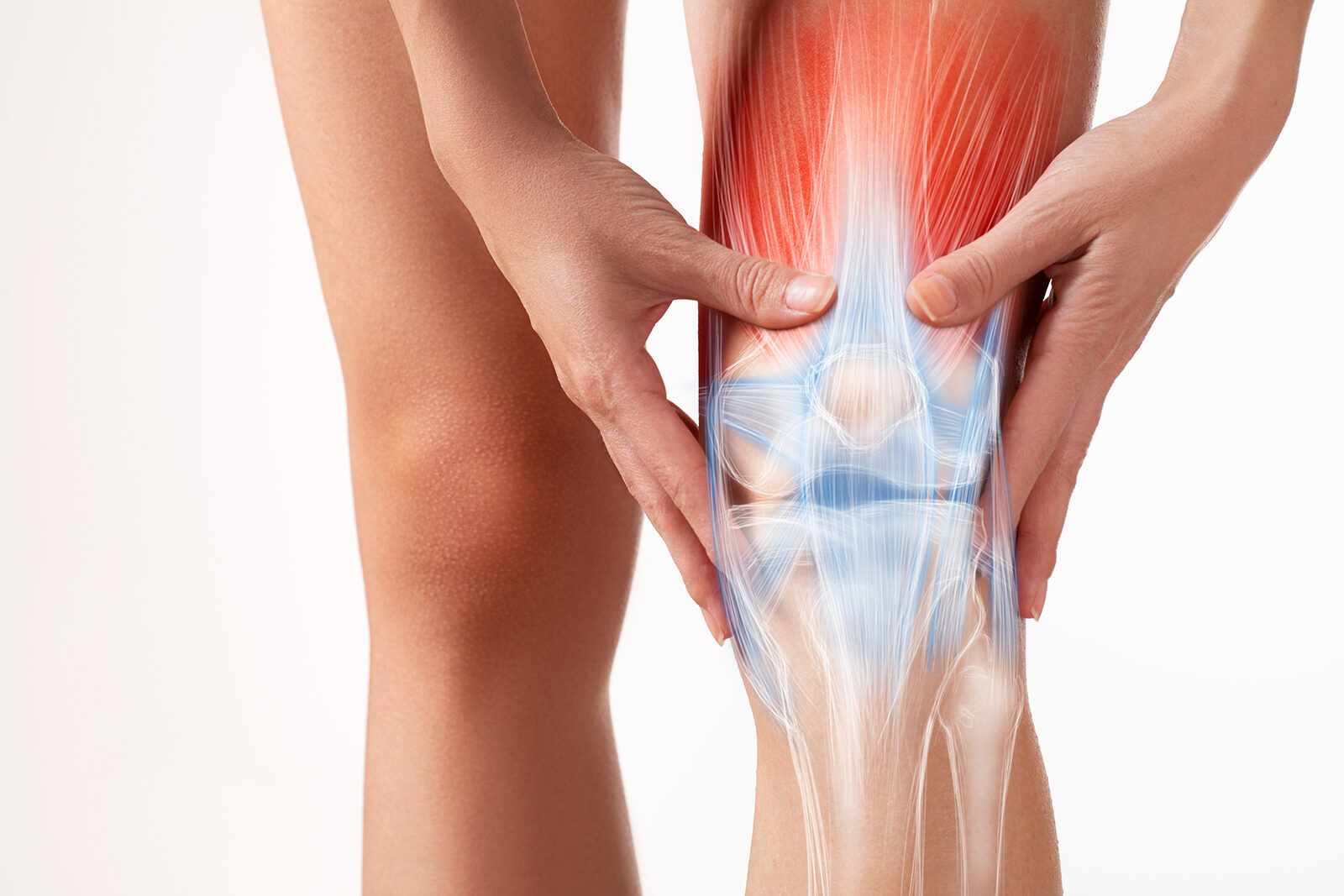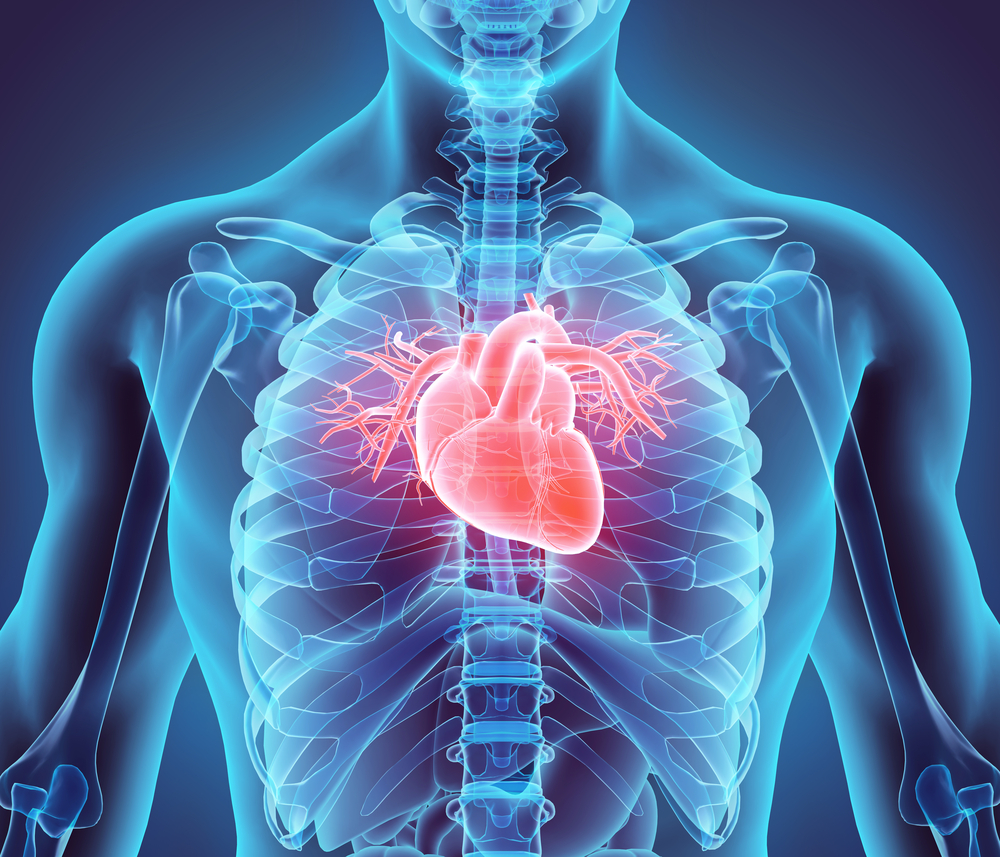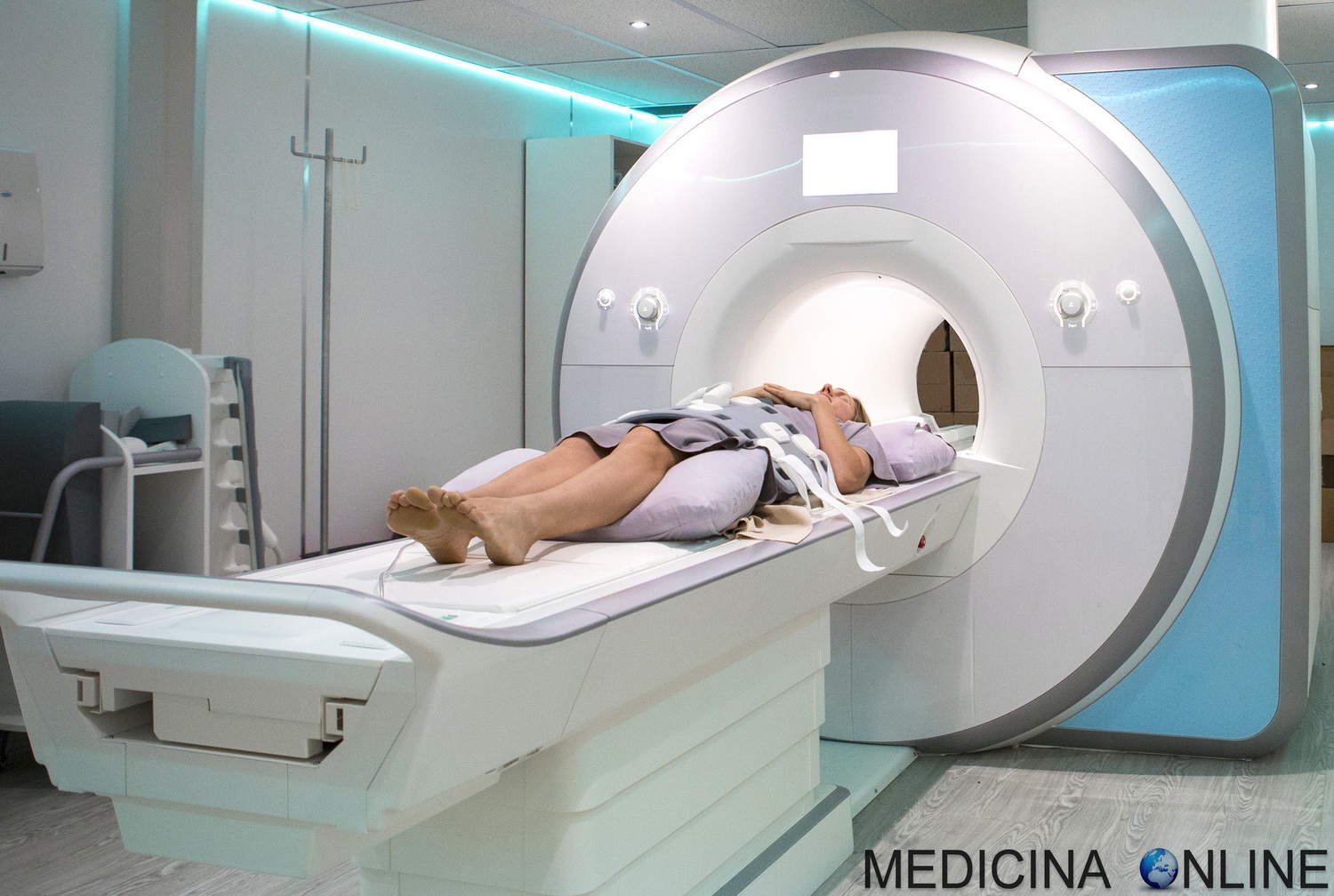An abdominal hernia occurs when a viscera or part of a viscera leaks out of the abdominal cavity where it is contained, due to the weakening of one of the muscle walls that enclose it.
The sac that bulges through the weakened area may contain a piece of intestine or fatty lining of the colon (omentum) if the hernia occurs in the wall or groin of the abdomen.
If the hernia occurs across the diaphragm, the muscle that separates the chest from the abdomen, part of the stomach may be involved.
The abdominal wall is made up of layers of different muscles and tissues. Weak spots may develop in these layers, allowing viscera contained in the abdominal cavity to protrude or herniate.
The most common hernias are in the groin (inguinal hernias) and diaphragm (hiatal hernias). These are sometimes listed among abdominal hernias while in other cases they are classified separately, as diaphragmatic hernias. In this narrower sense, the main abdominal hernias are inguinal, umbilical, and crural hernias.



